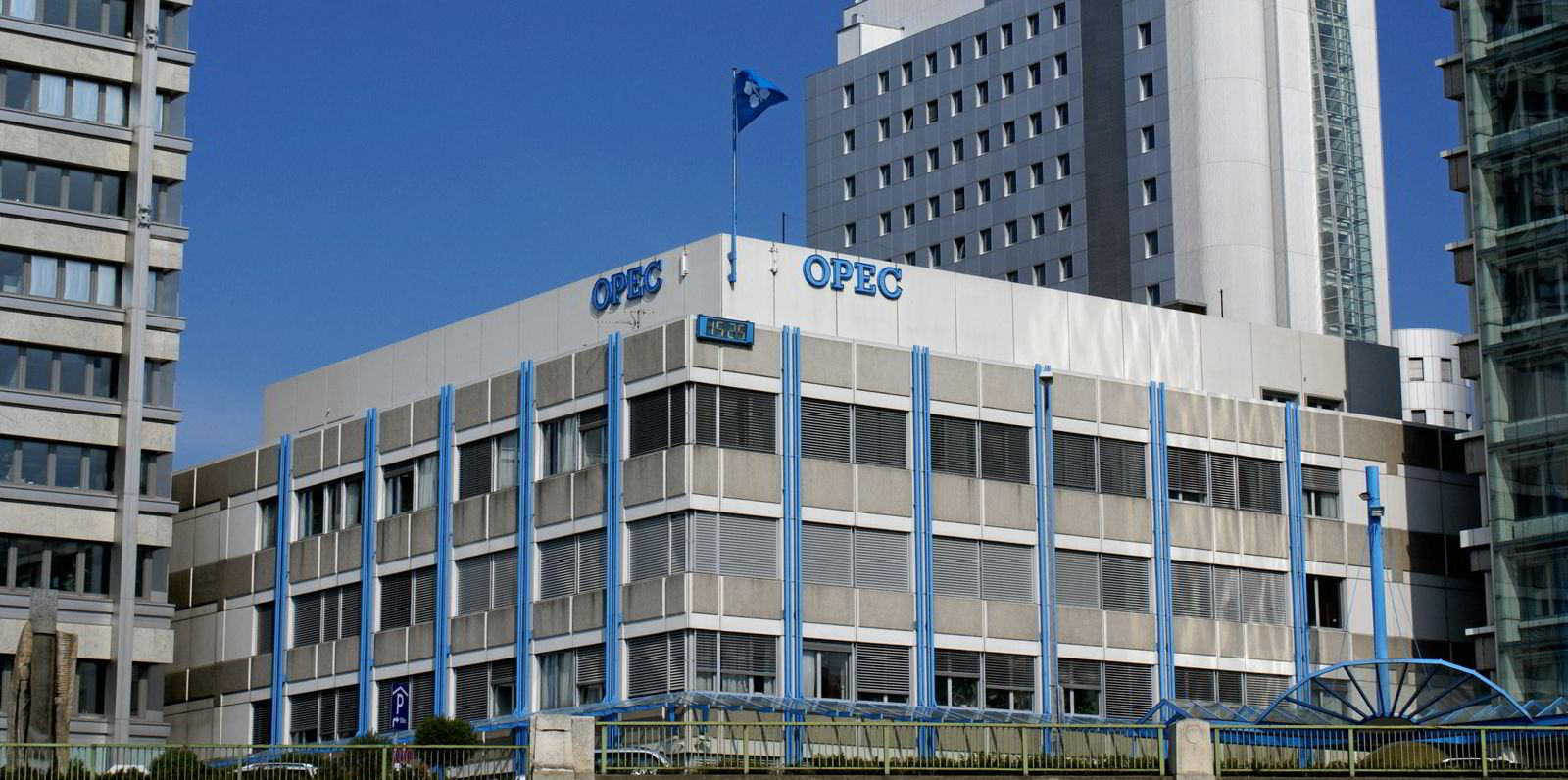Braemar ACM Shipbroking has reassured tanker owners that talk of oil demand destruction may be exaggerated.
The UK shipbroker’s senior shipping analyst, Alexandra Alatari, argues that shifting trade patterns due to Russian sanctions and low oil inventories will sustain the need for imports.
These factors will “offset any potential demand destruction due to surging energy bills”, she said.
Alatari also detailed a breakdown in the historic inverse relationship between the US dollar and commodity prices.
A strong dollar typically led to softer raw material prices, softening the blow for countries relying on US dollar-denominated commodities, she explained.
This relationship has broken down recently as the dollar hit a 20-year high, while major commodity prices trade near record levels.
She pointed to oil as an example. Although the price of Brent crude has risen by 63% since the beginning of the year, it remains 16% below its 2008 peak in US dollar terms.
“For most countries, however, oil nowadays is much more expensive compared to 14 years ago,” she said.
European Union buyers paid a maximum of €94 ($100 at today’s exchange rate) per barrel in 2008, versus more than €115 today.
India, the world’s third-largest consumer, is paying 1.5 times more.
A different picture from 2008
“Naturally talks of oil demand destruction have emerged. Nevertheless, there are some fundamental differences to 2008,” Alatari said.
“There is still pent-up post-pandemic demand.”
As a result, a slowdown in overall demand growth is more likely than a complete collapse.
“There is no longer the luxury of further stock drawdowns. In OECD countries, inventories have retreated to a seven-year low,” she said.
“Realistically, we anticipate more supplies to gradually hit the market from 2023 onwards.”
On top of that, every barrel of Russian oil that Europe replaces adds to tonne-mile demand for tankers, Alatari argues.
“As more sanctions are phased in later in the year, more Russian barrels will be diverted from the Baltic and Black Sea to India and China, further increasing average voyage distances.”






